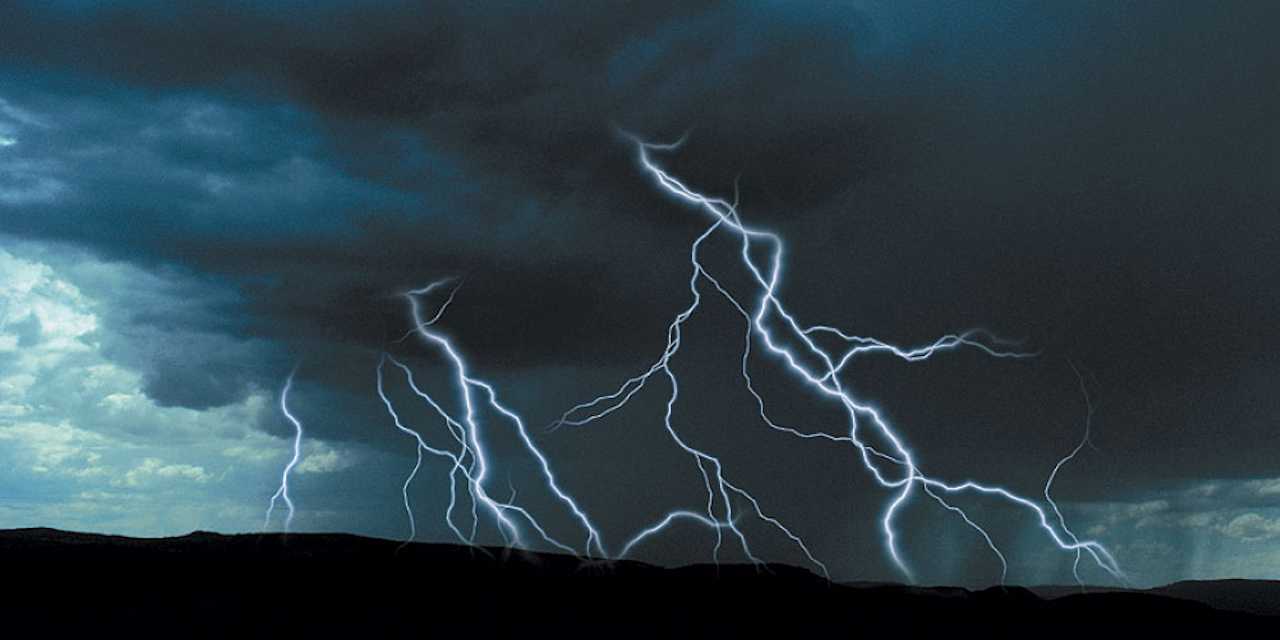Insights > We are preparing to respond to severe weather predicted to strike our service territory tomorrow
We are preparing to respond to severe weather predicted to strike our service territory tomorrow
03/16/2021

After a record-setting hurricane season and historic winter storms, we are preparing now to respond to possible power outages across our territory due to severe weather starting Wednesday. The severe weather could include tornadoes, hail, damaging winds, flash flooding and lightning.
- Tornadoes are considered the most violent natural storm. They are formed from powerful thunderstorms and often are formed from tropical storms and hurricanes.
- Some tornadoes are clearly visible with the familiar funnel-shaped cloud extending to the ground, while others are obscured by the storm clouds that form them.
- The skies where tornadoes form are a dark, often greenish sky, with a large, dark, low-lying cloud (particularly if rotating). Large hail is usually a sign of an impending tornado.
- Because they strike with little or no advance warning and move quickly with wind speeds up to 300 mph, tornadoes are a serious threat to your safety. Having a family emergency plan and a kit of basic emergency supplies on hand is especially important.
The forecast shows this weather system to enter our territory Wednesday afternoon and move eastward. It should clear by early Thursday.
We stay prepared to respond to storm outages through a very detailed, rehearsed plan. We are implementing that plan now by assembling and organizing the workforce needed to safely and quickly restore service to our customers.
As we prepare, we are also maintaining safety precautions during the COVID-19 pandemic. Along with our standard storm preparations, we are taking additional steps to adjust office settings and crew staging locations, to helping team members maintain social distancing.
Guidelines have been provided to field crews to ensure social distancing can be maintained while working, with the direction that if the crew is not able to maintain adequate social distance the job or task should be postponed. Crews are encouraged to use stop-work authority if job conditions change that prevent social distancing.
For their safety and yours, please stay away from their work zones. If you need to report a problem with your service or get bill payment help, we’re just a phone call away: 1-800-ENTERGY (1-800-368-3749).
You can expect regular updates from us through the many available communications channels.
When restoration starts, keep in mind that if you don’t see us working near you, we may be working on another part of the electrical system that you can’t see but must be repaired to get power to you.
If you lose power:
- Stay away from downed power lines. You can’t tell from looking at them whether they are energized or not, so assume they are. Report them to 1-800-9OUTAGE (1-800-968-8243).
- Report your power outage online or call 1-800-9OUTAGE (1-800-968-8243).
- If you report your outage by phone, trust the automated system. It works very well. There is no need to speak with a customer service representative to report an outage.
- If you have a portable generator, use it safely. DO NOT run it in an enclosed space. If connecting to the whole house, do so only if the connection has been installed by a licensed electrician. More information is available on Entergy Stormcenter.
- Do not open your refrigerator or freezer door. Food will stay cold much longer this way.
- Stay clear of linemen as they work.
To stay up to date on outages and restoration:
- Download our free app for your smartphone at entergy.com/app.
- Sign up for text alerts by texting REG to 36778 and have your account number and ZIP code handy. The registration pattern is as follows including spaces: REG (account number) (ZIP code). Once registered, text OUT to 36778 to report an outage.
- Visit “View Outages” at EntergyStormCenter.com.
- Follow us on Twitter.com/entergy or Facebook.com/entergy.
- Call us at 800-9OUTAGE (1-800-968-8243).
- Follow updates in your local news media, like radio, TV and newspapers.
